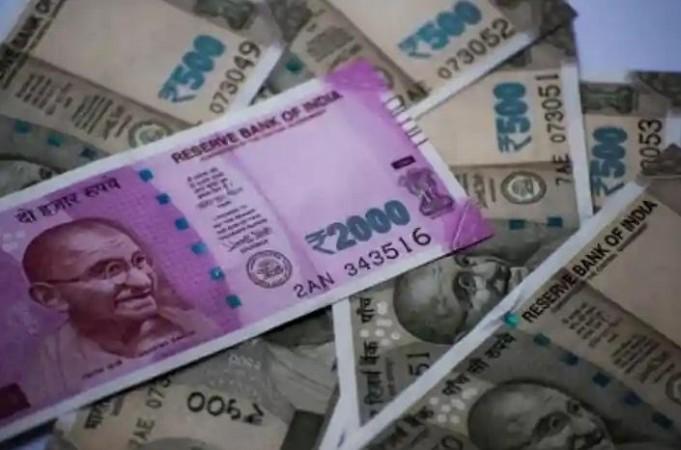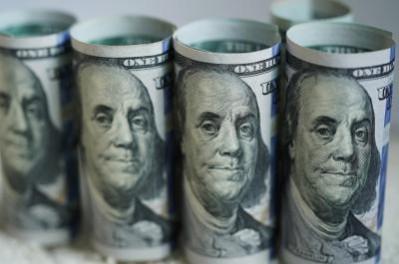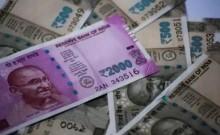
The Indian rupee, which recently hit an all-time low amid concerns over U.S. tariffs, saw a slight recovery last week as market expectations of a U.S. Federal Reserve rate cut grew stronger. Despite worries of punitive U.S. tariffs impacting growth and portfolio flows, the rupee ended the week at 88.2650, a marginal decline. The growing likelihood of a U.S. rate cut has provided some relief to Indian government bond yields and the local currency.
With India's foreign exchange and debt markets closed for a local holiday on Monday, the focus remains on the dollar's performance. The U.S. dollar weakened against major currencies after U.S. job growth data for August fell short of expectations. Investors are now anticipating a substantial 50-basis-point rate cut from the Federal Reserve later this month.
While a weaker dollar has eased some pressure on the rupee, concerns over sustained dollar demand from importers and portfolio outflows persist. The Reserve Bank of India (RBI) has intervened to stabilize the rupee through dollar-selling operations, but some analysts believe the central bank may limit its intervention to preserve reserves.

Market analysts have adjusted their forecasts for the USD/INR exchange rate, anticipating further weakness in the rupee. Factors such as inflation data releases in the U.S. and India, as well as ongoing concerns about fiscal stability, will continue to influence market sentiment. The Indian benchmark 10-year bond yield saw its largest weekly drop in four months, indicating improved market sentiment following assurances from Finance Minister Nirmala Sitharaman.
Market participants expect bond yields to remain relatively stable this week, in line with movements in U.S. yields. Opportunities for the RBI to cut interest rates further could provide downward pressure on yields in the medium term. As investors await key economic indicators from both the U.S. and India, market sentiment remains cautiously optimistic amidst global economic uncertainties.
As events unfold, investors will closely monitor data releases such as India's August consumer price inflation figures and U.S. producer price index data to gauge the impact of tariffs on respective economies. The overall economic outlook, influenced by central bank policies and trade dynamics, will continue to shape investment decisions in the coming weeks.

















